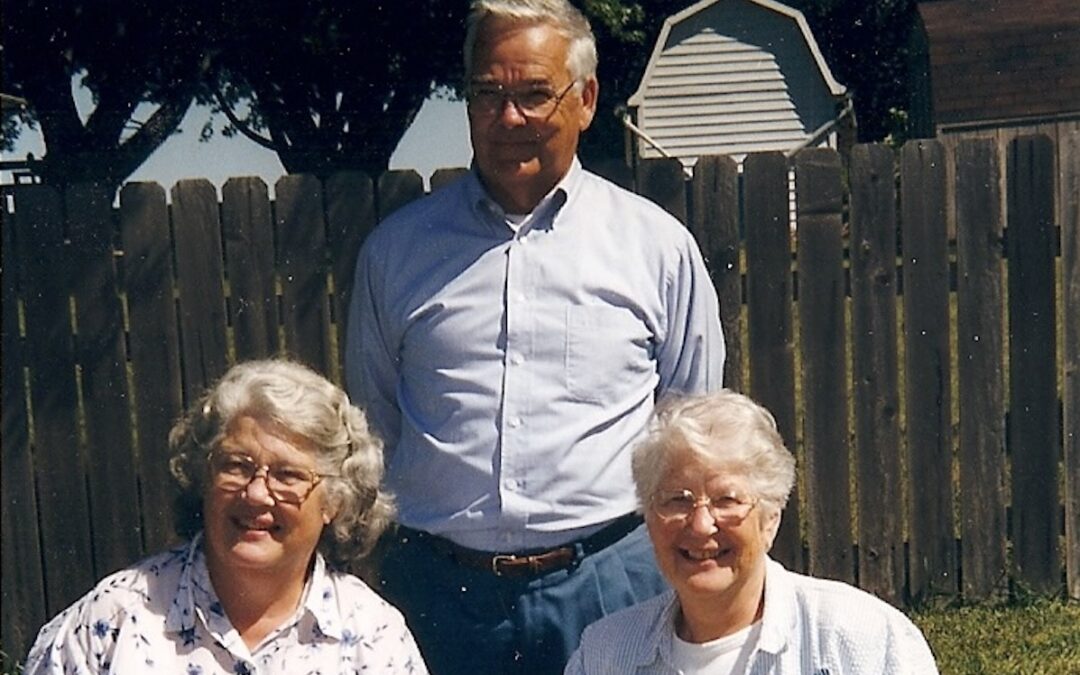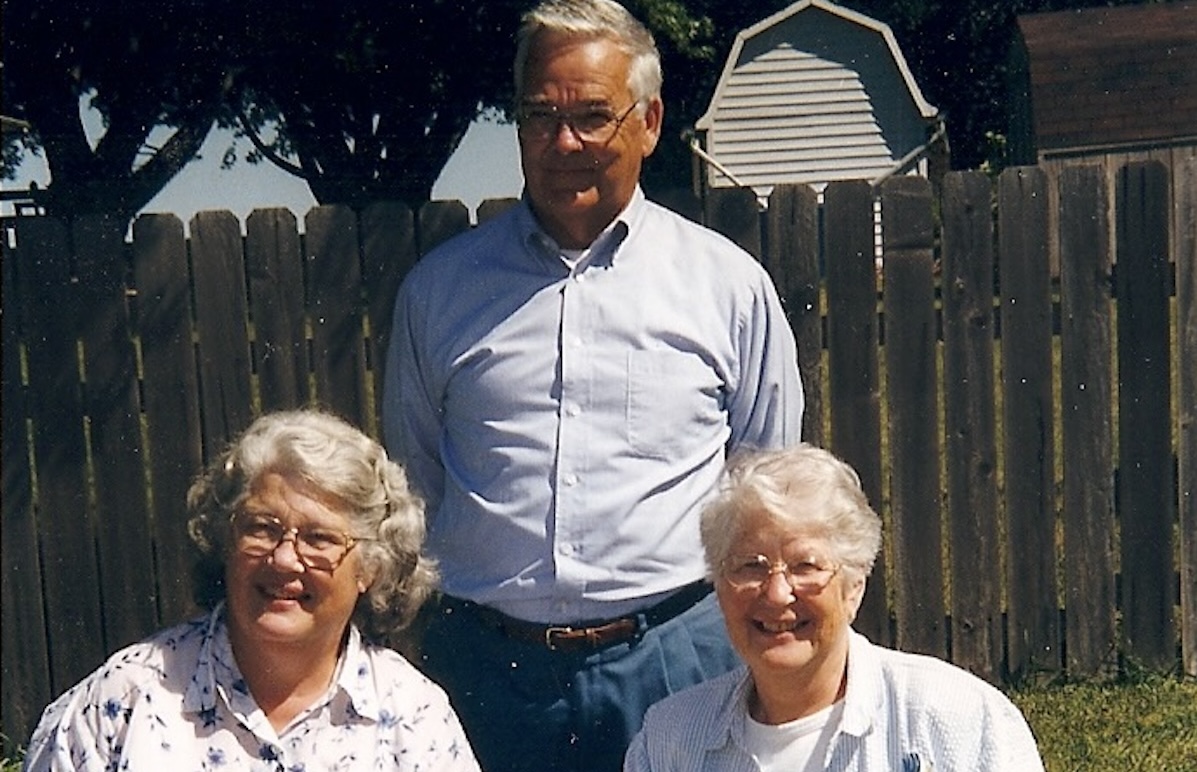
by jphilo | Jun 5, 2024 | See Jane Dig!

It feels like See Jane Dig! already made the news this summer. That can’t be, of course, since its release date with Midwestern Books is October 1, 2024.
However, when I saw a link on Facebook about 3 boys who discovered a T-Rex fossil, Yogi Berra’s famous line, “it’s deja vu all over again,” immediately came to mind. Here’s why:
- The person who posted the link is one of my former country school students…and See Jane Dig! is all about country school. Thank you Shelly!
- Also, my former student is a shirt-tail relative to one of the boys in the story.
- The fossil was found near Marmarth, North Dakota, as in the Marmarth Road that goes north out of fictional Little Missouri to guess where? Marmarth, North Dakota.
- While researching See Jane Dig! in 2022, Hiram and I went on a paleo site tour with the geologist from Pioneer Trails Regional Museum located in Bowman, North Dakota. Guess where the geologist took us for our mini dig? Just outside Marmarth, North Dakota. You can read more about our paleo tour here.
- The Denver Post article about the boys’ find features several photographs of the area where the T-Rex was found. Those pictures aren’t all that different from the one above, which I took during our paleo tour.
- See Jane Dig! has several scenes in pastures where dinosaur bones are sticking out of the ground, just like in the news story.
First of all, the geologist, Hiram, and I might have walked right past that bone sticking out of the ground.
Second of all, it’s a good thing See Jane Dig! hasn’t been released yet or I might think those little boys plagiarized my book!
Third of all, do you see what I mean about deja vu? No wonder it feels like See Jane Dig! already made the news this summer.

by jphilo | May 23, 2024 | Family
 The sad and glad of Memorial Day is pressing on my heart this year as never before. The mix of emotions is due the passing of the people in the picture above.
The sad and glad of Memorial Day is pressing on my heart this year as never before. The mix of emotions is due the passing of the people in the picture above.
Aunt Donna died in September of 2022.
Mom died in June of 2023.
Uncle Jim died in October of 2023.
This Memorial Day we will be honoring these strong, hard-working, exasperating people who loved their family above all else in this world. Our memories of them will not be enough to fill the holes riddling our hearts in the aftermath of their passing. Yet those memories and the emotions accompanying them are their legacy to their children and grandchildren and great-grandchildren. And so this Memorial Day…
We’re sad to be without them.
We’re glad they and my dad are together again.
We’re sad they can’t enjoy bouquets of irises and peonies this spring.
We’re glad they taught their children to love and grow them.
I’m sad they will never read the the 5th book in my mystery series, in which characters based on them are prominently featured.
I’m glad for the rich fodder of adventures they took us on that make writing their scenes glorious and funny and joyful.
I’m sad knowing we will never visit and reminisce and eat together again.
I’m glad to have talked with each of them in the months before they died.
We’re sad. I’m sad.
We’re glad. I’m glad.
Above all, we are blessed to have been loved by them and to love them in return.

by jphilo | Apr 5, 2024 | See Jane Dance!, See Jane Dig!, See Jane Run!, See Jane Sing!

“I’d like to see Jane fix this,” I muttered after opening the first of the 20 book merch mugs* I ordered in advance of summer speaking events and spotted my proofreading error.
Do you see it too?
As a former teacher who corrected enough papers to kill dozens of trees and drained oodles of red pens, I deserve no mercy…at least not from past students.**
In my own defense, I have only two things to say:
- I ordered them while in the grips of a raging sinus infection that the second round of antibiotics I’m currently on will hopefully work.
- I actually caught and corrected the error, but neglected to click “save” before placing the order.***
After staring at the mugs in dismay for a couple minutes, visions of red pens danced in my sinus-fogged head. “Hiram,” I asked my husband, “is the pack of multicolored Sharpies you bought still around somewhere?”
As a matter of fact, they were in his desk.
I plucked out the red Sharpie, picked up a mug, and did this:

Do you think they can be sold at book events if I inscribe each mug with whatever red pen message the buyer requests…within reason of course? Or use them as door prizes? I’d love to hear your suggestions, too, so leave them in the comment box.
*The mugs in the picture are all identical. They are arranged at different angles to show the 4 different covers that circle each mug.
**Those students, now adults with their own kids and grandkids, are very forgiving people. After I posted a picture of the errant mugs on Facebook, several of them wanted to know how to order them.
***The error has been corrected for a second time, and the save button clicked for the first time. Sigh!

by jphilo | Feb 22, 2024 | Out and About

When it’s time to say goodbye to a place I love, my philosophy is….have a party!
Last week the difficult decision was made to close the school in Camp Crook where I taught from 1980-1985. The closure, the result of declining enrollment and increased costs, makes me and many people in the tiny community it served very sad.
That school was and is the prototype for the one where Jane teaches in the West River Mysteries. Ever since See Jane Run! was released in 2022, I’ve day dreamed about having a reunion for its former students. Not just those I taught, but for the decades of students who attended school there. A few weeks ago, when news came that a Harding County All School Reunion (Camp Crook was and is part of the Harding County School District) was in the works for July of 2024, the timing felt right to turn the day dream into a reality.
I floated the idea to former Camp Crook students and friends via Facebook. They were enthusiastic. Those planning the larger reunion gave their blessing. Within a few hours a caterer and a venue were secured. My husband is up for the trip, and the reunion is now a go.
Plenty of details have to be hammered out before publicizing the event, but I’m working on it. Former students, keep your eyes peeled for updates to come! And when you see the invitation, please, please, please pass it along to others who might want to attend.
After all, is there a better way to celebrate the goodness and the memories of a place that means so much to so many than by throwing a party?
The only thing I can think of that comes close is to write a bunch more West River Mysteries to share the magic and goodness of the place we love. You can bet that during the reunion I’ll be listening to the stories people share. Who knows which ones will find a place in Jane’s future adventures!

by jphilo | Feb 1, 2024 | Reviews, See Jane Dance!, See Jane Run!, See Jane Sing!

See Jane Run! is close to 50 Amazon reviews. So close, in fact, I’m breaking out my dance moves and choreographing a little something to record on video when the milestone is reached. 50 reviews, by the way, is when Amazon sits up, takes notice, and begin to assist authors and publishers in promoting their books. It’s a big deal. So how close is See Jane Run! to 50?
Drum roll please……
As of today, See Jane Run! is sitting at 42 positive reviews.
If my math fact memory serves, only 8 more reviews until spunky Jane can grab the Amazon promotion ring. I know more than 8 people who haven’t yet reviewed the book have read and liked it. If you’re one of those people, I’m on my knees begging you to write and post your review on Amazon. Just go to See Jane Run! on Amazon, scroll down and click on the white “Leave a Customer Review” (it’s on the left hand side beneath the starred ranking graph), and Amazon will walk you through the process.
I promise to post a Facebook video of me doing a happy dance when the big 5-0 is reached.
In case you’re wondering, See Jane Sing! has 31 reviews and See Jane Dance! has 24. The See Jane Dance! number delighted me considering I haven’t been able to promote it much due to health issues that began shortly after it was released. Once again, I am down on my knees begging for reviews. Once again I promise to post a happy dance video when those books reach the magic number too.
Also my dance moves are epic. You don’t want to miss them.









